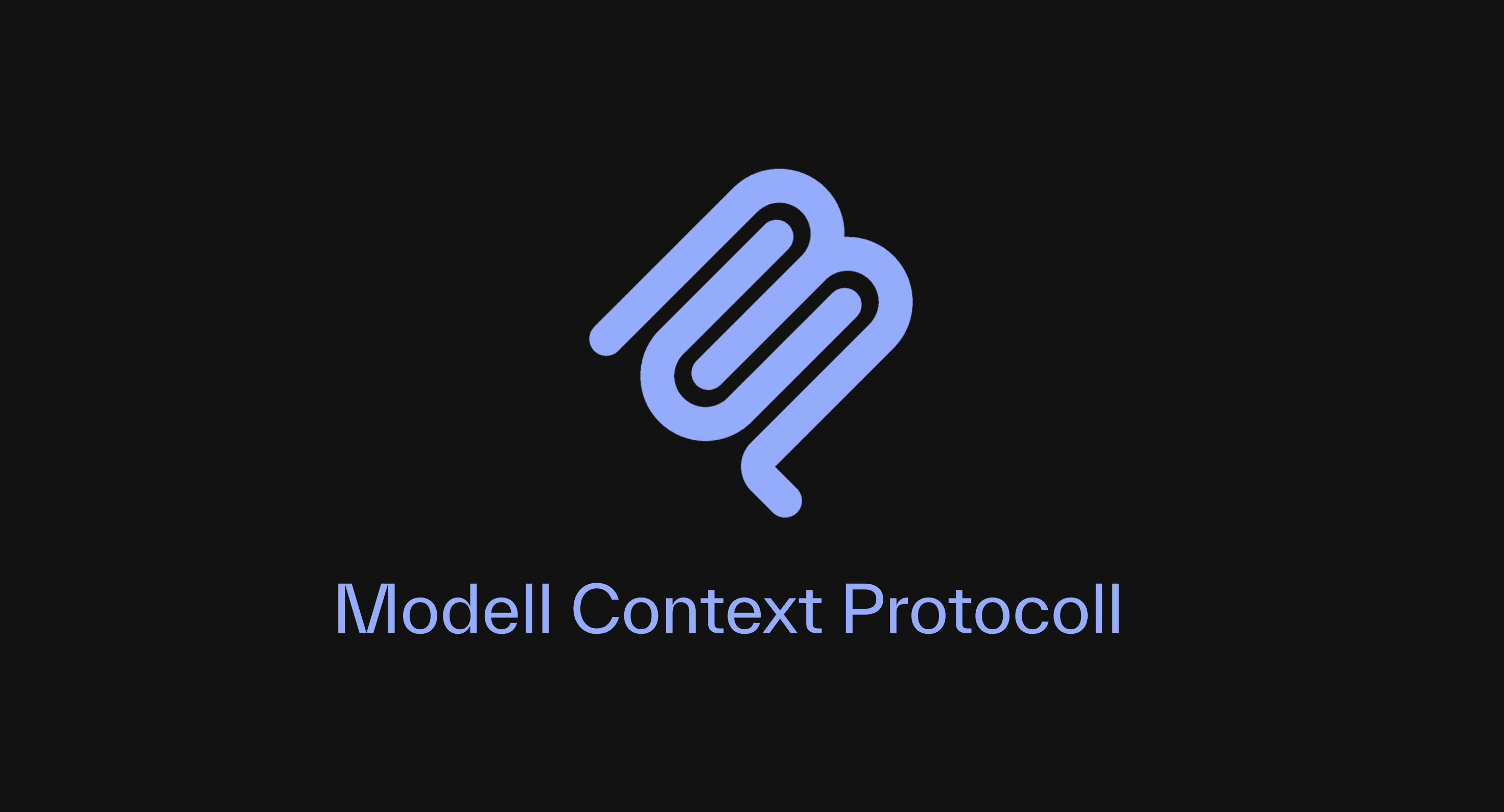Sep 11, 2025
Automation Funnels with n8n: From Lead to Sales – without Vendor Lock-in
![[object Object]](/_next/image?url=https%3A%2F%2Fcdn.sanity.io%2Fimages%2Fqnbxd1h1%2Fproduction%2Fc3d46c1fc6cabf06acbbd4430bd897f686f706af-800x1120.jpg&w=1920&q=75)
Tevin
We are — a studio working at the intersection of technology and design.

AI can now even order pizza for you. Did you know that? LLMs such as ChatGPT and Gemini get new features almost every month. So-called AI agents have been available for almost everybody since this year: they visit websites on behalf of users, are able to compare complex services according to any criteria, reserve tables in restaurants, search for “the one” black dress, or automatically request quotes.
As things stand today, many agents still simulate the visitor, moving through the graphical interface and thus replacing the user.
In Europe—specifically the UK—according to a recent survey, more than half of online shoppers already use generative AI tools when shopping (e.g., ChatGPT, Amazon Rufus, Google Gemini). Internationally, four out of ten consumers said they regularly use AI such as ChatGPT for product research; with around 17% relying primarily on AI as their source of information – after Google and ahead of retailer websites. This shows that shopping via LLM is evolving from a niche phenomenon to a mass trend.
What does this mean for websites?
As AI agents become more established, users will no longer necessarily visit your website themselves in the future. A fancy interface alone will no longer be enough as a sales channel.
In the short term, the effects are manageable: agents are still in their infancy, mistakes happen, and the user base is small.
In the medium term, research and pre-selection will shift to AI environments, creating a separate marketplace – your site will only come into play at the end of the journey: for confirmation, payment, or detailed review.
What are agents missing on normal websites today?
Without second access, they see your site “half blind”: they analyze images of the site every second to locate menus, texts, and forms.
So what is MCP?
Model Context Protocol MCP is the standardized access to your data and functions – think of it as “USB-C for AI.” Agents access verified product data, availability, prices, or promotions (e.g., “add to cart”) in a controlled and logged manner.
The result:
fewer errors, greater reliability, and faster journeys. And its popularity is growing noticeably: at the beginning of 2025, analyses already reported over 2,000 applications with MCP support; by mid/late 2025, over 5,000 MCP servers had been recorded – a strong signal for the de facto standard in AI tool integrations.
With MCP, you offer AI an optimized version of your content and actions. GEO instead of (only) SEO.
However, the front end remains the stage for brand and trust.
No one confirms large expenditures “blindly.”
Agents win when it gets big and complex: they read many pages in parallel, normalize data, deduplicate, weigh (price, delivery time, returns). Long lists become reasoned shortlists with sources. The GUI shows the final details – one click on “Confirm” and you're done.
MCP increases your visibility in AI responses: LLMs receive verified first-hand information instead of guessed HTML snippets. No magic ranking signal – but a crucial channel opener so that your products appear correctly and completely in AI comparisons.
With MCP, you can reach people who are looking for something specific, who prefer to talk rather than click—or who would never have found your website among hundreds of others. MCP gives you a decisive advantage in this new marketplace.

Business benefits real quick:
Recommendation:
Plan for MCP. It doesn't replace anything at first, but it opens up access to a new user group. Those who don't consider this channel risk having their own website not included in comparisons by AI models, or only partially included, because the appropriate interface is missing.
In the long term, those who think of their website + MCP as one system will win.
![[object Object]](/_next/image?url=https%3A%2F%2Fcdn.sanity.io%2Fimages%2Fqnbxd1h1%2Fproduction%2F8727914f0f746a2c080b0900f9295d01e6fe1c89-930x1240.jpg&w=1920&q=75)
Dan Wojcik
Managing Director / UX Design & Strategy
We examine how AI agents interact with your site. How fast are they and do they make mistakes? Based on this, we give you recommendations on how to optimize your site for AI agents.
Based on the analysis, we design and implement your MCP server: structured data schemas (products, prices, availability), secure actions ("add to cart," reservation, request quote), auth/rate limiting, and logging. We test with synthetic agent flows, validate responses, and minimize misadvice.
We integrate MCP into your live environment, set up observability (dashboards, alerts), and optimize the journey along defined KPIs. The frontend remains the stage for brand and trust; agents deliver speed and pre-qualification. Finally, we train your team and hand over playbooks for operations, expansion, and geo-maintenance.
Convinced that we are the right ones for your project? Let's work together!
Contact us via email, and we will get back to you promptly.